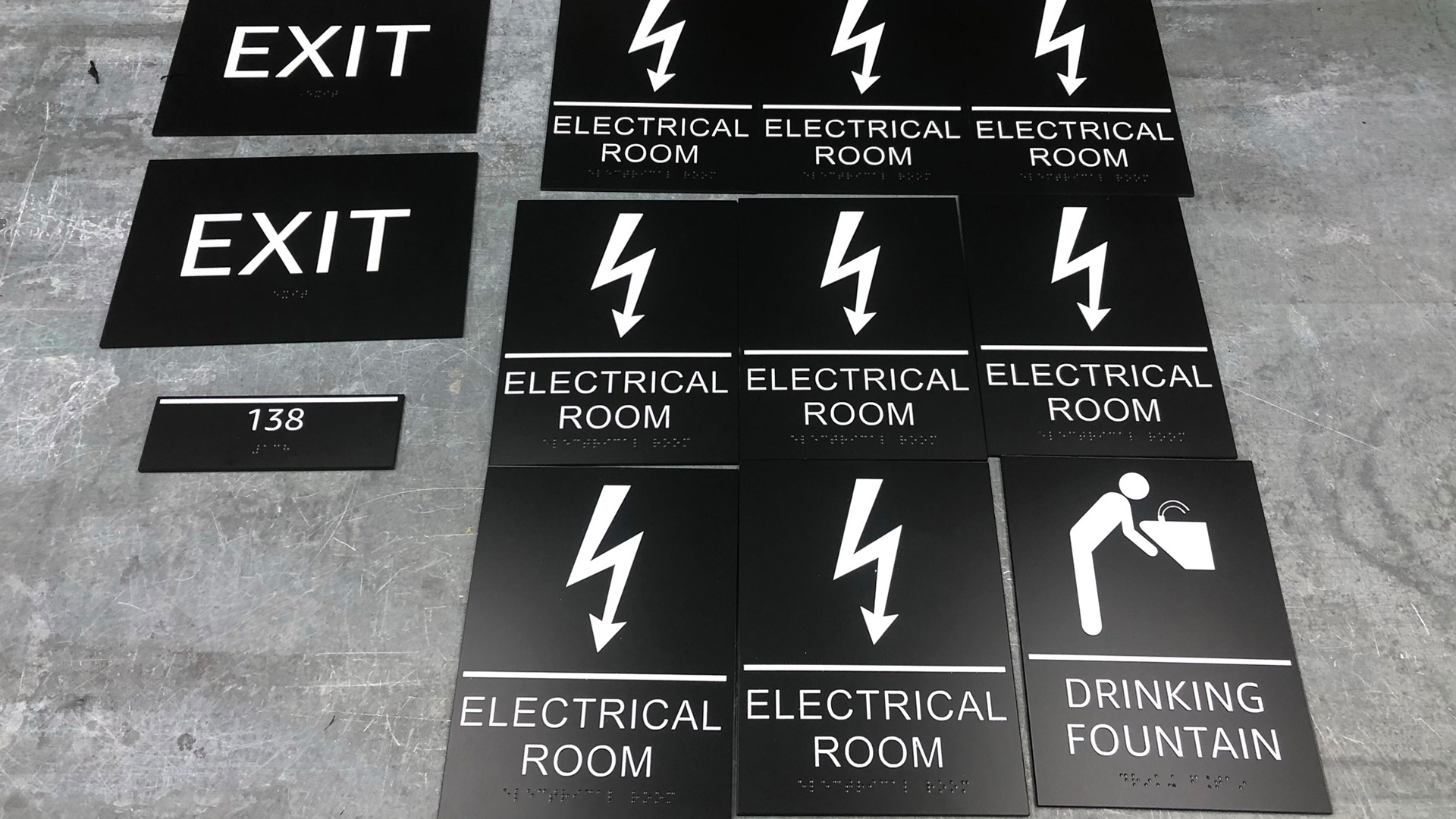ADA (Americans with Disabilities Act) signs play a crucial role in creating inclusive and accessible environments. Designed in accordance with the guidelines set by the Americans with Disabilities Act, these signs are not only mandatory in many places but also play a vital role in ensuring that all individuals, regardless of their abilities, can fully participate in society.
1. Universal Access: ADA signs are essential in guaranteeing universal access to public and private spaces. These signs provide key information about accessible routes, the location of ramps and elevators, as well as designated areas for individuals with disabilities. By following these signs, people with disabilities are facilitated in navigating through buildings, parks, and other facilities.
2. Social Inclusion: The presence of ADA signs contributes to the creation of inclusive environments, fostering the participation of all individuals in social and community activities. By showcasing a commitment to accessibility, organizations send a positive message about equal opportunities and the appreciation of diversity.
3. Legal Compliance: Non-compliance with ADA standards can result in legal sanctions and fines. ADA signs are a critical component in ensuring compliance with regulations and laws that mandate accessibility for individuals with disabilities. Adherence to these standards not only avoids legal consequences but also demonstrates an ethical commitment to equity.
4. Safety: ADA signs not only focus on accessibility but also on the safety of individuals with disabilities. By providing clear information about emergency exits, safe areas, and evacuation procedures, these signs contribute to the overall safety of all individuals, regardless of their abilities.
5. Public Awareness: ADA signs benefit not only individuals with disabilities but also increase public awareness about the importance of inclusion and accessibility. This can lead to a cultural shift that promotes consideration and respect for the needs of all individuals, regardless of their physical abilities.
In conclusion, ADA signs play an essential role in building an inclusive and accessible society. By following these guidelines, organizations and communities not only meet legal requirements but also contribute to the creation of environments that value diversity and promote the full participation of all individuals in everyday life.
